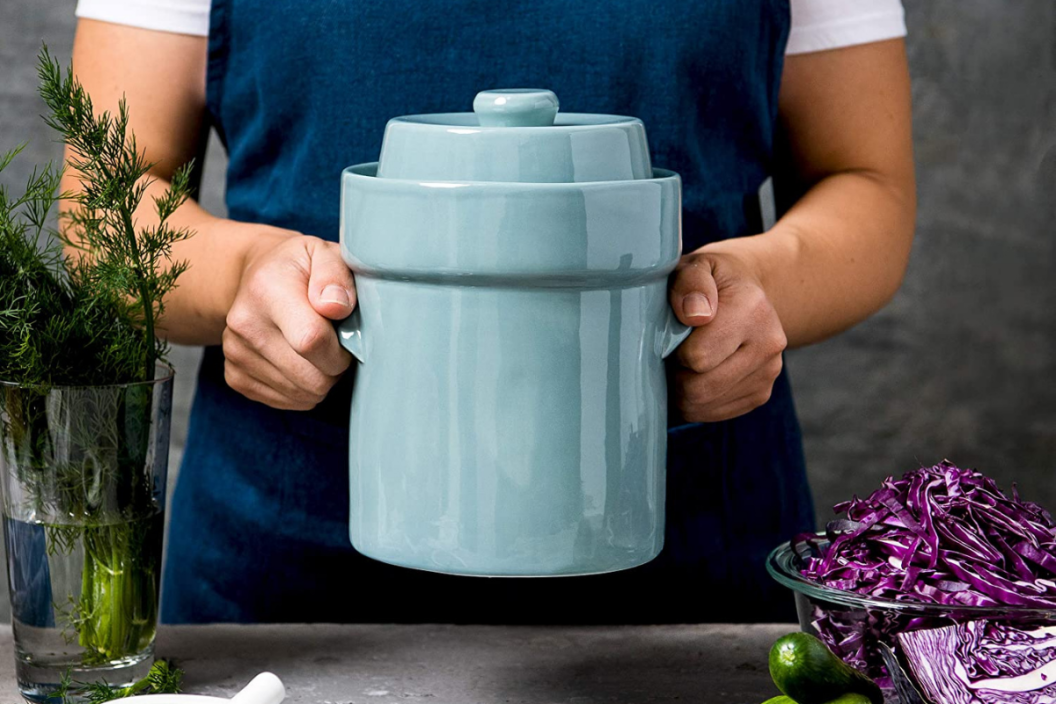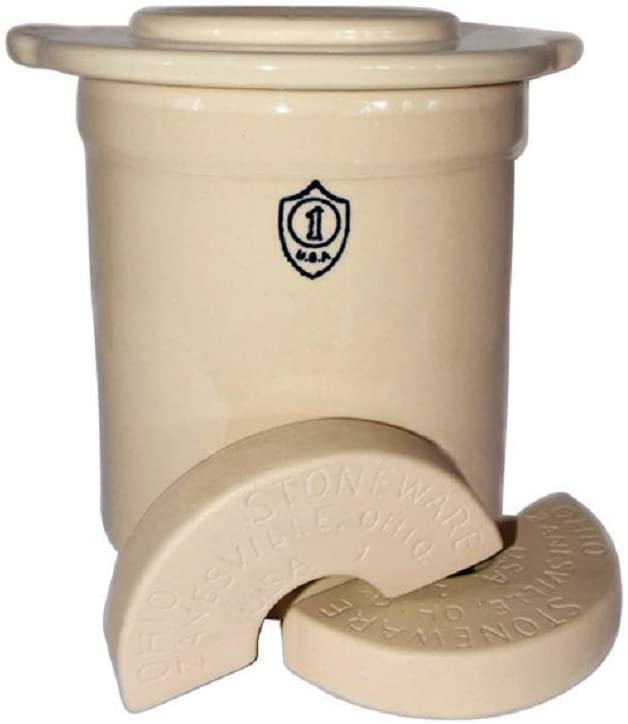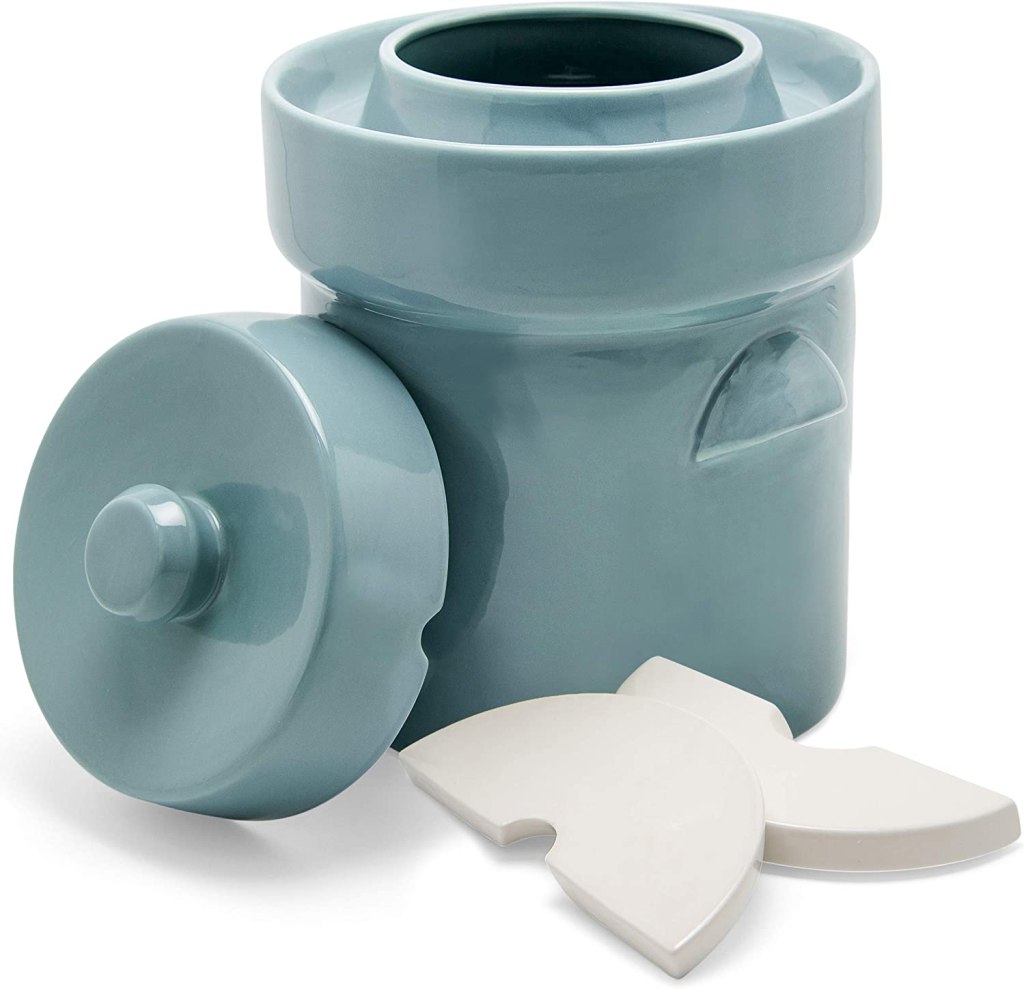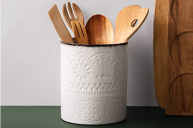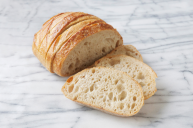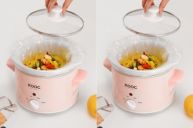Have you ever seen those hefty stoneware crocks at antique stores, or perhaps at your grandparent's house, and wondered what they were for? Turns out these hefty fermentation crocks are great for more than just holding kitchen utensils (which is what mine was doing before I knew what it was used for). They're a great way to start home fermentation and make probiotic-rich fermented foods right on your kitchen counter!
Water Fermentation Crocks vs Open Fermentation Crocks
Open Fermentaiton Crocks
There are two different types of fermentation crocks: open fermentation, and water-sealed fermentation crocks. Most often, the ones you see at antique stores are open fermentation crocks. These are easy to fill and clean and are aesthetically pleasing in their farmhouse-chic way. They are usually less expensive (although the price can add up when you add in getting a lid and weights, as they often come without them) and are easier to clean. These crocks, because they let in outside air, get a layer of harmless surface mold on top of the brine which needs to be skimmed. Bugs getting in and failed ferments are more likely with this type of crock.
Ohio Stoneware Crock
Water-Sealed Fermentation Crock
The other type is a water-sealed fermentation crock. These come with a matching lid and crock weights and have a lip to hold water around the lid. This creates an airlock seal, but carbon dioxide made in the fermentation process can still get out. The advantage of using one of these is that there are no odors, it keeps a stable temperature, it's great for beginners, and there is far less of a chance of failed fermentation. The disadvantages are it's generally more expensive (with the cheapest sets being around $45 on Amazon), harder to clean, and requires more maintenance during the fermentation process.
Water-Fermentation Crock Jar
The benefits of using either type of crocks, as opposed to mason jars or other glass jars, is that they're larger, long lasting, and very hardy— they can be passed down through generations. Ohio Stoneware makes great quality ceramic fermentation crocks and starter kits.
The Fermentation Process
First, start by cleaning your stoneware crock and weights. Process your veggies however you'd like, according to your recipe, and add salt to create the brine. Use the ceramic weights, stone weights, or glass weights (you can even DIY a weight using a food-safe plate) to keep the vegetables under the surface of the liquid brine. Keep an eye on it then as you wait.
Water sealed crocks will need to have the water seal refilled as it evaporates, and with open crocks, you have to scrape off any surface mold that may form. After a week or two, you can taste it. If you want it to be tangier, just wait longer. In the olden days, this is when someone would move it into storage in the root cellar, but to stop the fermentation now, all you have to do is put it in the fridge for food preservation. It can keep for up to a year in the fridge.
What to Make in Your Stoneware Crock
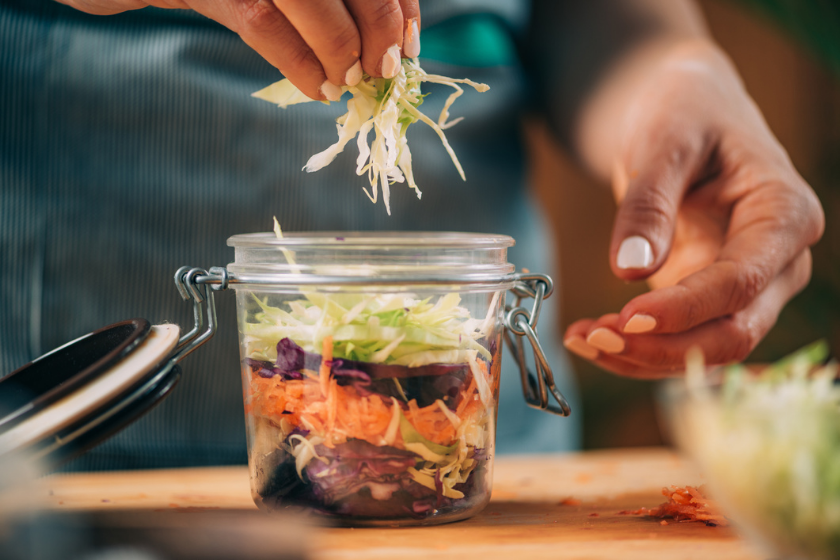
Stoneware fermentation vessels are fantastic for making all kinds of fermented foods including cucumber pickles, kombucha, Korean kimchi, and German-style sauerkraut. Fermented foods have a lot of health benefits, as they create microbes that are probiotics and great for your gut health. Having a healthy gut affects your whole body, and fermenting in fermentation crocks is a great way to bring probiotics into your kitchen.
READ: Is Sourdough Bread Healthy? This Fermented Loaf Has a Lot of Secrets
Products featured on Wide Open Eats are independently selected by our editors. However, when you buy something through our links, we may earn a commission.
